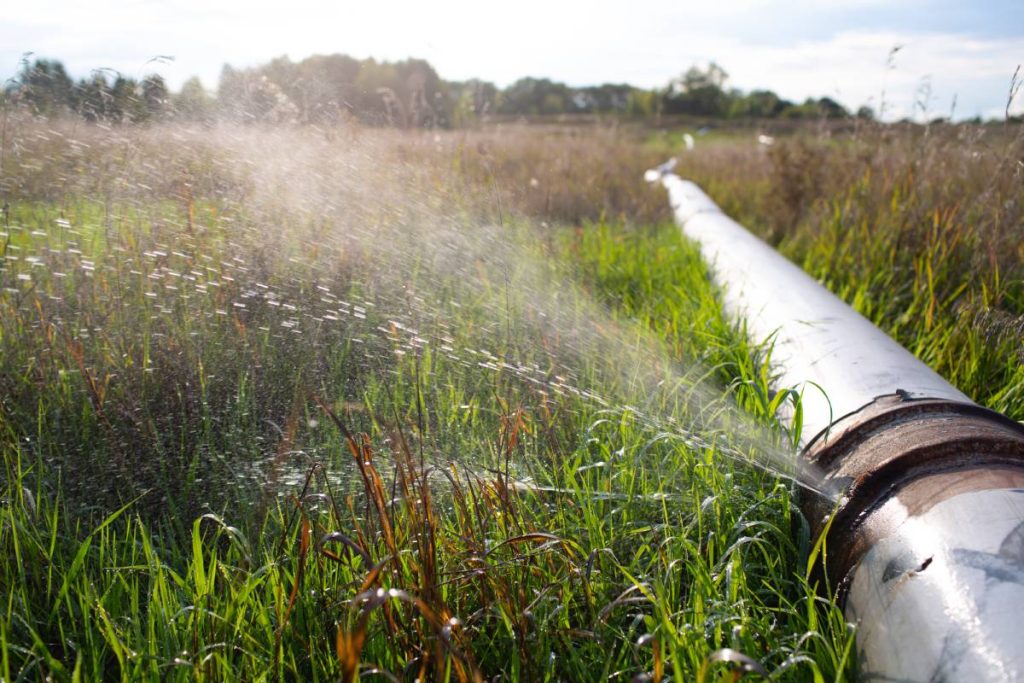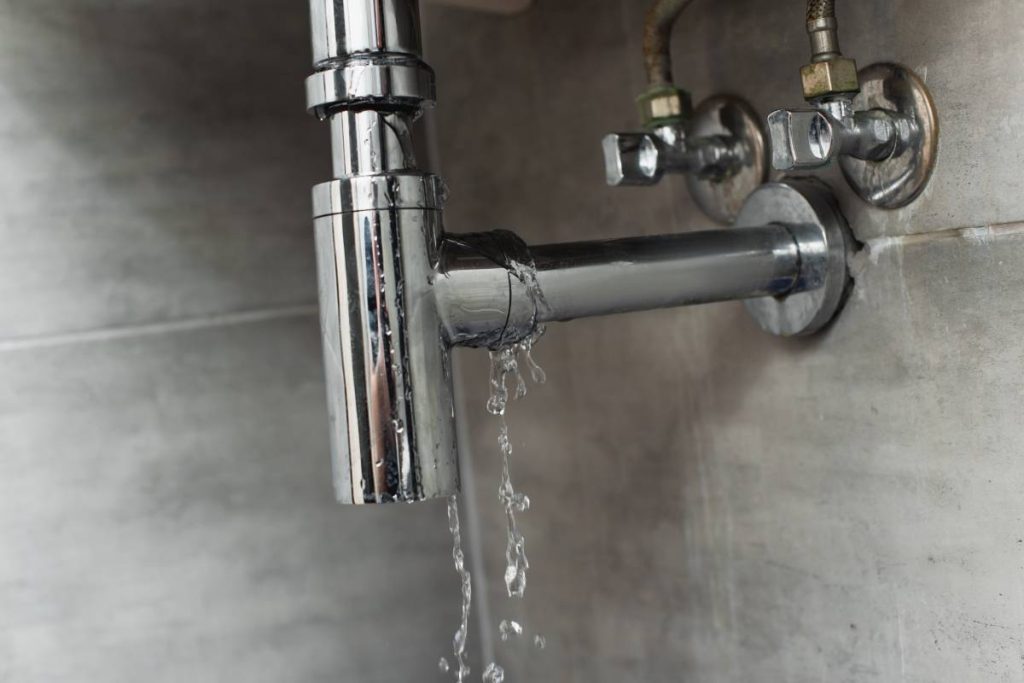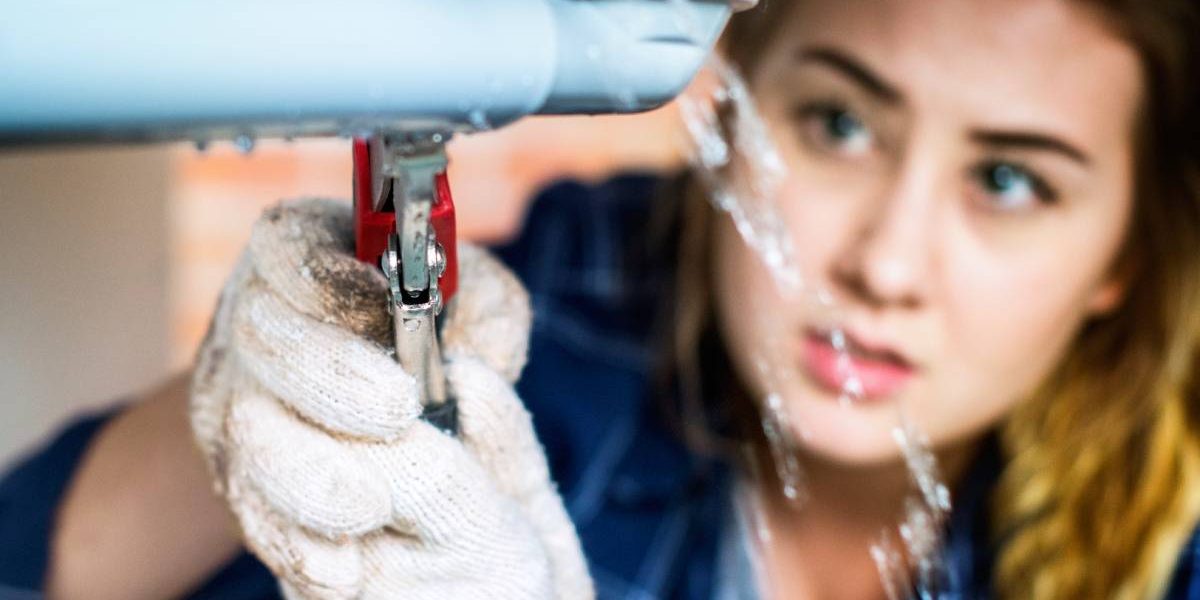When your home’s pipes get damaged, it can become a major headache. The damage can happen over time, due to corrosive substances, intrusive tree roots, or even shifts in the ground. It’s a common issue that can cost a lot to fix.
In this blog, we’ll talk about why it’s important to deal with pipe damage quickly and explore some budget-friendly solutions that can save you money and stress.
Related article: What is EcoFinish? How long does it last & is it waterproof?
What Causes Pipe Damage
Understanding why pipes get damaged is the first step in solving the problem. Pipes can wear out for various reasons, like being exposed to harsh chemicals or water with lots of minerals. As pipes get older, they naturally get weaker, making them more vulnerable to damage.
Tree roots searching for water and ground shifts because of geological factors can also harm underground pipes. Ignoring pipe damage can lead to issues like water waste, higher bills, property damage, and environmental problems.

Recognising Signs of Pipe Damage
It’s important to spot the signs of damaged pipes early. Even small leaks should be fixed right away because they can quickly get worse and waste a lot of water. If your water pressure drops, it’s a sign that something is wrong with your pipes, usually indicating blockages or damage. If your water looks rusty or smells bad, that’s another sign that your pipes are in trouble. The sooner you notice these signs and deal with them, the better chance you have to minimise the damage and repair costs.
How to Fix Pipes in Bad Shape?
Modern Pipe Repair Techniques
Traditionally, when fixing damaged pipes, people used to dig up the old section and replace it with new pipes. While this approach worked, it had some significant downsides. Digging up the ground could be expensive, disruptive, and time-consuming. It often meant tearing up large parts of your property, which could be an eyesore and inconvenience. Plus, it could damage your landscaping and create safety risks.
Exciting Advances in Pipe Repair
Fortunately, new pipe repair technologies have emerged, changing the game in this industry. Two methods, called trenchless pipe repair and relining, have become popular because they are efficient and cost-effective. Trenchless repair methods don’t require extensive digging, which means less disruption to your property and reduced labour costs. These innovative techniques are a great alternative to traditional methods, especially if you’re concerned about cost and convenience.

The Benefits of Trenchless Pipe Repair
Trenchless pipe repair offers many advantages that make it an appealing choice. It keeps your property looking good, preserves your landscaping, and minimises downtime. With reduced labour and material needs, you save money. Projects get completed faster, so you can return to your normal routine sooner. Moreover, trenchless methods are often less intrusive, causing fewer disruptions to your surroundings and your neighbours.
The Pipe Relining Process Made Simple
Pipe relining is a crucial part of trenchless techniques, and it’s a step-by-step method that significantly reduces costs and inconvenience.
Here’s how it works: First, we use advanced technology to thoroughly check the damaged pipes. Once we know what the problems are, we use high-pressure cleaning to clear out any debris or blockages. After that, we insert a special epoxy resin lining into the pipes, sealing up cracks and holes and stopping further corrosion. There are many benefits to pipe relining that can save you money. This process is quicker and cheaper compared to traditional digging and replacing pipes.
Analysing the Savings
Now, let’s look at the numbers to show how cost-effective trenchless solutions are.
Real-world examples and data consistently prove that using trenchless methods for pipe repair saves a lot of money. You save on labour and materials, the projects get done faster, and there’s less disruption to your property. Choosing trenchless methods not only saves you money but also makes the repair process more convenient and less intrusive.

Hiring a Plumber to Fix Your Damaged Pipes
When it comes to dealing with damaged pipes, it’s a common plumbing problem that often requires the skills of a professional plumber.
Here’s a step-by-step guide to how a plumber typically handles the job:
- Initial Assessment: When you reach out to a plumber about your damaged pipes, they’ll set up a visit to your home to see how bad the damage is.
- Diagnosis: The plumber will use various tools and techniques to figure out the problem. This could involve video inspections, pressure tests, or just a good look to find leaks, cracks, or blockages in the pipes.
- Repair Plan: Once the plumber knows what’s wrong, they’ll come up with a plan to fix it. The plan might include things like patching up the pipe, replacing it, or relining it, depending on how serious the damage is.
- Materials and Tools: The plumber will gather up everything they need for the repair.
- Isolation: Before they start fixing things, the plumber will turn off the water supply to the damaged area.
- Repair Work: Then, the plumber will get to work using the repair method they’ve planned.
- Testing: After the repairs are done, the plumber will turn the water supply back on and check to make sure there are no leaks or other problems.
- Cleanup: They’ll also tidy up the work area, getting rid of any mess and making sure everything looks good.
In summary
When you’re dealing with damaged pipes, it’s important to act quickly and make smart decisions. Traditional pipe repair methods, while effective, can be expensive and disruptive. But there’s good news: trenchless pipe repair technologies provide a cost-effective, efficient, and eco-friendly alternative.
So, next time you have pipe troubles, don’t hesitate to explore trenchless options. And always remember that preventing problems and fixing them early are the keys to keeping your pipes and your peace of mind in great shape. Many professionals in pipe relining can help you repair your damaged pipes promptly. Be wise about fixing your pipes.











